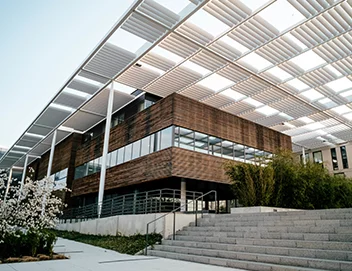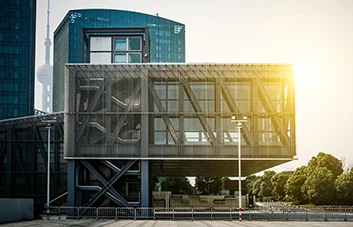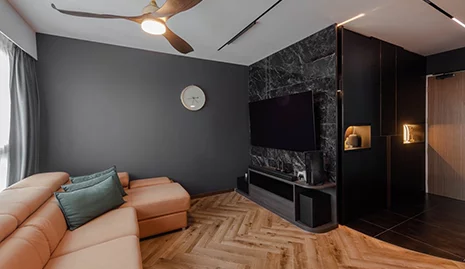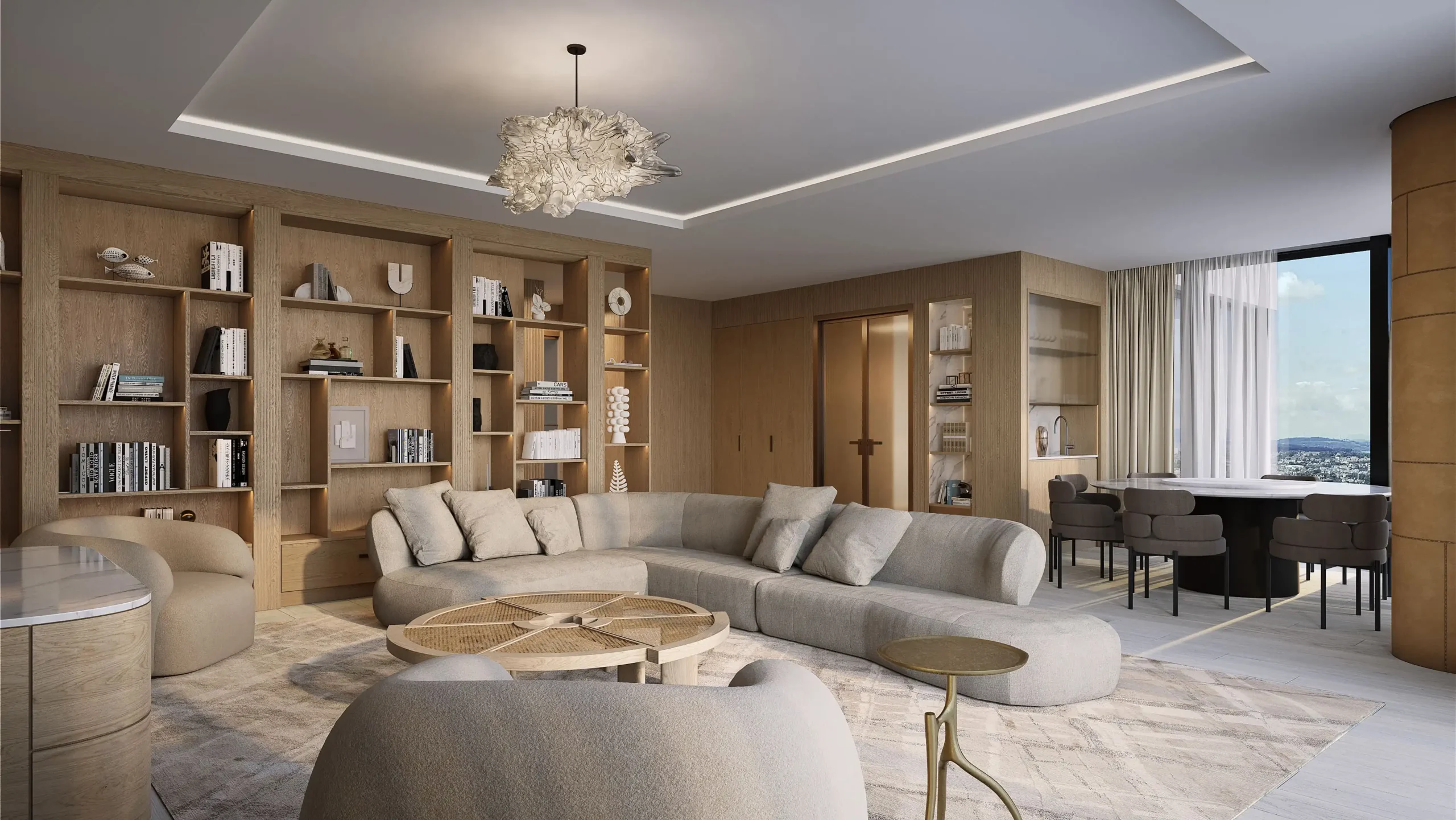From Panel to Perfection: Inside the Manufacturing Process of High-End Cabinet Manufacturing in Foshan
Behind every elegant cabinet is a story of precision engineering, material innovation, and skilled craftsmanship. As consumer expectations for quality and customization rise, cabinet manufacturers must meet high standards in design and functionality. Foshan, a manufacturing hub in China’s Guangdong Province, is home to some of the most advanced cabinet factories in the world. In this article, we take a deep dive into the high-end cabinet manufacturing process and highlight the practices of Foshan Kejia Ki…
Stage 1: Material Selection and Preparation
The journey of a high-end cabinet begins with premium raw materials. Kejia sources top-grade OSB (Oriented Strand Board), MDF, and solid wood from trusted global suppliers. OSB panels, in particular, are preferred for their strength, uniformity, and sustainability. These materials are stored in a humidity-controlled environment to maintain quality before processing begins.
Each panel is inspected and sorted based on its intended use—carcasses, doors, drawer fronts, or wall panels—ensuring that material properties align with function.
Stage 2: Precision Cutting with HOMAG Lines
Kejia operates six German HOMAG automated production lines, which are renowned for their accuracy and efficiency. Using CNC panel saws, raw boards are cut into precise dimensions with minimal waste. These machines are integrated with digital design files to guarantee consistency across batches.
Barcode scanning and automated tracking systems ensure every component is traceable and correctly matched to the customer’s order specifications.
Stage 3: Advanced Edge Banding – PUR Technology
Edge banding is critical not only for aesthetics but also for moisture resistance and durability. Kejia has fully upgraded to PUR (polyurethane reactive) edge banding technology, which offers superior bonding strength compared to traditional hot-melt glue. The result is seamless, long-lasting edges that enhance the product’s visual appeal and structural integrity.
PUR edge banding is particularly important in kitchens and bathrooms, where exposure to heat and moisture is frequent.
Stage 4: Drilling, Grooving, and Custom Machining
Once panels are cut and edged, they move to the machining center for drilling, grooving, and CNC routing. Every hole and groove must be precisely positioned to ensure easy assembly and secure fittings for hinges, drawer slides, and connectors.
Kejia’s double-finished workshops utilize automated machinery to maintain tight tolerances and flawless finishes across large production volumes.
Stage 5: Surface Finishing – Paint, Veneer, and Laminates
The next step is surface treatment. Depending on the product line, panels may be finished with high-gloss baking paint, natural wood veneers, or decorative laminates. Kejia operates independent workshops for baking paint, solid wood finishing, and veneer pressing.
Baking paint finishes involve multi-stage processes including sanding, priming, base coating, and top coating—all performed in dust-free, temperature-controlled rooms. These finishes not only enhance appearance but also improve scratch and UV resistance.
Stage 6: Assembly and Quality Inspection
Once all components are ready, they move to the assembly lines where skilled technicians and automated systems work together to build the final products. Wardrobes, kitchen cabinets, and custom units are pre-assembled or flat-packed depending on customer preferences.
Each unit undergoes rigorous quality control checks for alignment, finish, hardware fit, and overall appearance. Kejia adheres to CE certification and U.S. standards, ensuring global compliance.
Stage 7: Packaging and Logistics
Finished products are carefully packaged using impact-resistant materials to prevent damage during transit. Barcoded labels and digital tracking ensure each item is traceable throughout the supply chain.
Kejia’s logistics team coordinates shipments to clients across Southeast Asia, Europe, and North America, offering efficient lead times and reliable delivery.
Why Kejia’s Manufacturing Process Stands Out
– **Scale and Capacity**: Over 100,000 sqm production space and 600+ skilled workers.
– **Technological Edge**: 6 HOMAG lines, PUR edge banding, and digital order systems.
– **Diverse Workshops**: Six specialized factories for OSB, paint, veneer, solid wood, and more.
– **International Compliance**: Products tested and certified to meet CE and U.S. standards.
– **Customization**: End-to-end solutions for residential and commercial clients.
結論
From the first cut of raw material to the final quality inspection, manufacturing high-end cabinets is a complex and precise process. Companies like Foshan Kejia Kitchen Co., Ltd. combine traditional craftsmanship with modern automation to deliver outstanding results. Whether you’re sourcing for a luxury residential project or a large-scale development, partnering with a technologically advanced manufacturer ensures quality, efficiency, and satisfaction.





